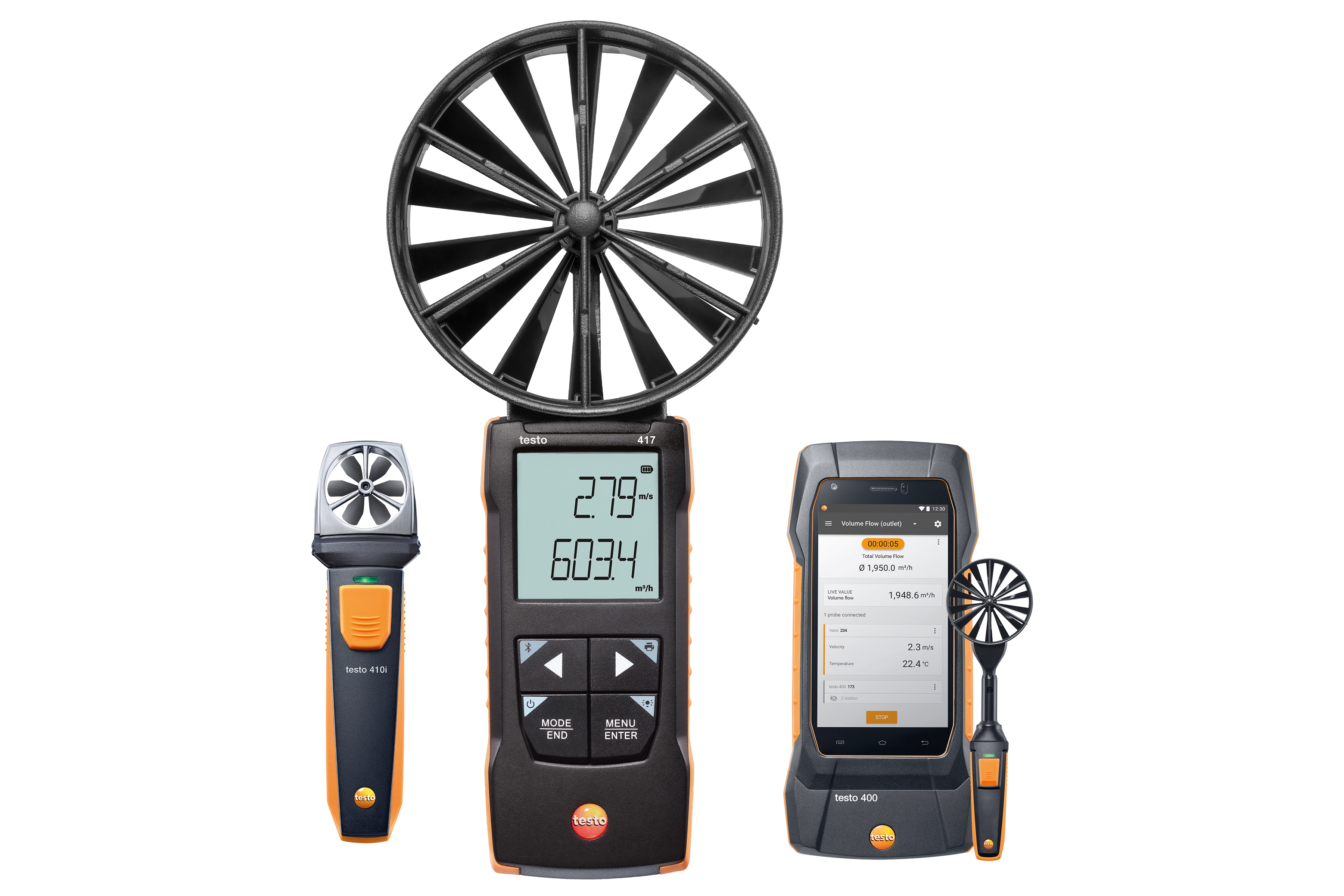Picking the Right Anemometer: A Comprehensive Buying Overview
Picking the Right Anemometer: A Comprehensive Buying Overview
Blog Article
Anemometers Introduced: Comprehending Their Importance in Environmental Surveillance and Security Measures
The role of anemometers in environmental monitoring and security procedures is typically undervalued, yet their value is undeniable. These tools have a long history rooted in scientific query and technical improvements, advancing to end up being necessary devices in various areas. From weather forecasting to aeronautics security, anemometers play a critical duty in providing precise information that informs decision-making processes and enhances overall safety. Comprehending the ins and outs of anemometers reveals a globe of important insights that are fundamental to our understanding of the atmosphere and the procedures we take to make sure safety.
History of Anemometers
The advancement of anemometers can be mapped back to the old people where simple wind determining devices were initial utilized. These very early wind dimension devices laid the foundation for the development of more advanced anemometers over time. One of the earliest recognized anemometers was the hemispherical cup anemometer developed by Leon Battista Alberti in the 15th century. This design contained four hemispherical mugs that accumulated wind power, providing a dimension of its intensity based upon the rate of turning.
In the 18th century, the distinguished scientist John Thomas Romney Robinson introduced the Robinson anemometer, which included 4 hemispherical mugs placed on horizontal arms that prolonged from a central axis. This layout became a requirement in atmospheric dimensions due to its accuracy and integrity. For many years, developments in innovation caused the advancement of even more modern anemometers, consisting of ultrasonic anemometers and laser Doppler anemometers, using increased precision and performance in determining wind rate and instructions. The history of anemometers showcases an amazing trip of innovation and progress in the area of meteorology.
Kinds Of Anemometers
Throughout the field of weather forecasting, different types of anemometers have actually been developed to precisely gauge wind speed and instructions. Sonic anemometers use ultrasonic signals to determine wind rate and direction precisely. Hot-wire anemometers operate based on the concept that the cooling effect of wind on a warmed cord is proportional to the wind rate.
Applications in Weather Forecasting
Having actually reviewed the various types of anemometers used in weather forecasting for gauging wind rate and instructions, it is necessary to discover their useful applications in the area. Anemometers play an important duty in weather forecasting by offering real-time and precise information on wind problems (anemometer). Meteorologists make use of anemometers to monitor wind speed and instructions to anticipate weather patterns, problem warnings for severe weather events like hurricanes, tornados, and cyclones, and assess climatic problems for aeronautics safety and security
In meteorology, anemometers help in understanding local and regional wind patterns, which are crucial for anticipating weather changes and figuring out climatic fads. These tools are likewise utilized in research study to study microclimates, urban warmth islands, and air pollution dispersion. Additionally, anemometers are used in agriculture to optimize plant administration methods, such as watering and chemical application, based on wind conditions.
Significance in Aeronautics Safety
An indispensable facet of ensuring aeronautics safety hinges on the thorough monitoring of wind conditions utilizing anemometers. Anemometers play a critical function in aeronautics by offering real-time information on wind rate and instructions, assisting pilots in making Source informed decisions during touchdown, liftoff, and flight. Unforeseeable and solid winds can considerably influence airplane operations, making it essential for air travel authorities to count on accurate wind dimensions to make sure the safety of travelers and staff.

In the vibrant environment of air travel, where also small modifications in wind rate and direction can have profound effects, anemometers stand as essential tools for advertising secure and risk-free air traveling.
Function in Environmental Research Study
Just how do anemometers add to improvements in ecological study? Anemometers play a crucial duty in environmental study by offering vital information on wind rate and Continued direction. This information is crucial for understanding various climatic procedures, such as air contamination dispersion, weather patterns, and climate change. By precisely gauging wind features, anemometers help researchers evaluate the movement of contaminants airborne, examine the influence of commercial exhausts, and forecast the spread of impurities in the environment.


Final Thought
To conclude, anemometers have actually played a critical duty in ecological surveillance and security procedures. With a rich history and various kinds available, these devices have been extensively utilized in meteorology, aviation security, and ecological research study. Comprehending the importance of anemometers is necessary for precisely measuring wind speed and instructions, which is crucial for anticipating weather patterns, ensuring secure aviation operations, and conducting environmental studies - anemometer. Their payments to these fields can not be undervalued.
One of the earliest well-known anemometers was the hemispherical cup anemometer designed by Leon Battista Alberti in the 15th century. Over the years, developments in modern technology led to the development of even more modern anemometers, consisting of ultrasonic anemometers and laser Doppler anemometers, resource supplying boosted precision and effectiveness in gauging wind rate and instructions. Hot-wire anemometers run based on the concept that the cooling effect of wind on a heated wire is symmetrical to the wind speed. Meteorologists utilize anemometers to monitor wind speed and direction to anticipate climate patterns, issue warnings for extreme climate events like tornados, tornadoes, and hurricanes, and examine atmospheric problems for aeronautics safety and security.
Comprehending the value of anemometers is important for precisely measuring wind speed and instructions, which is important for anticipating weather condition patterns, ensuring safe air travel operations, and performing ecological research studies. (anemometer)
Report this page